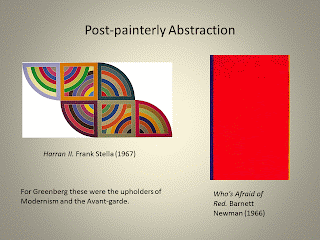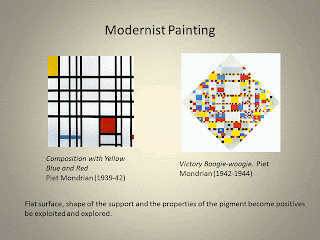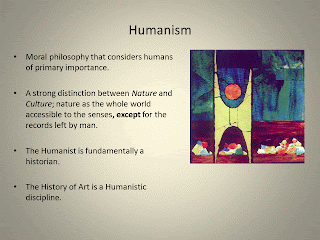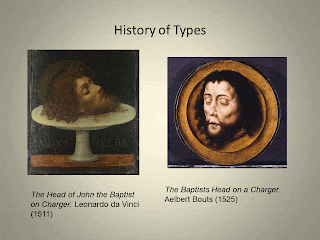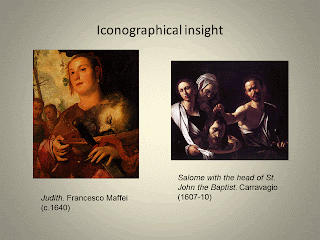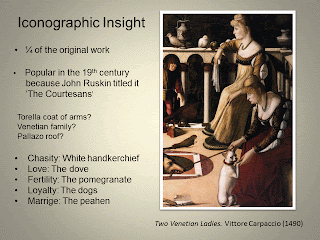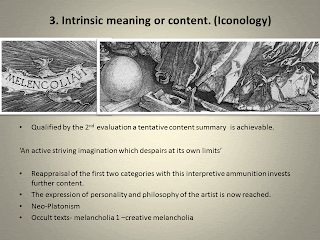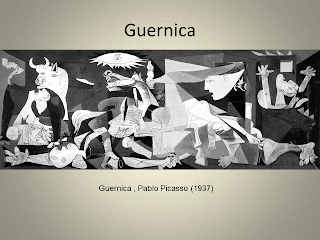If you like or loath Greenberg this is place to go : http://www.sharecom.ca/greenberg/, its got all his important essays for an informed opinion.
Avant Garde and Kitsch (1939)
Modernist Painting (1960)
Avant Garde Attitudes (1968)
Modern and Postmodern (1979)
I recommend reading one (or more) of these ^ to really appreciate the Greenberg aesthetic.
Here's a lighthearted Video that is worth watching as an accessible introduction to what Greenberg is about .

How does Greenberg's definitions and appreciation of modernist progress compliment or contrast with Ramachandran's interpretation of Neuroesthetics?
The Following four slides show the gradual progression of Piet Mondrian's oeuvre . It is a modernist progression that Greenberg would've appreciated.

Greenberg on Pop Art
Greenberg on Duchamp
Next Week: The New Art History T.J Clarke: The Social History of Art.
T. J Clark looks at art from a Marxist perspective. Here's the main book of interest:









